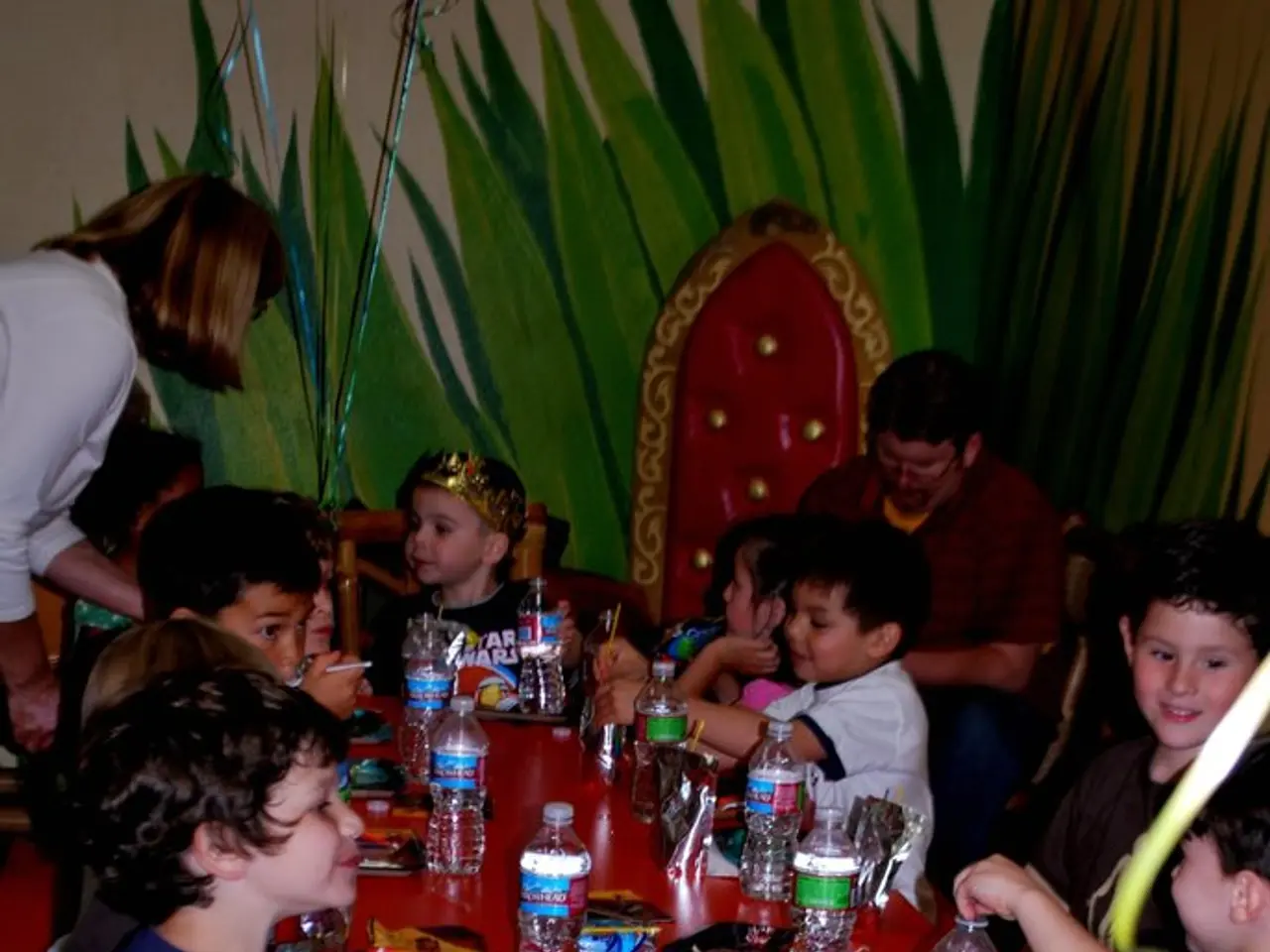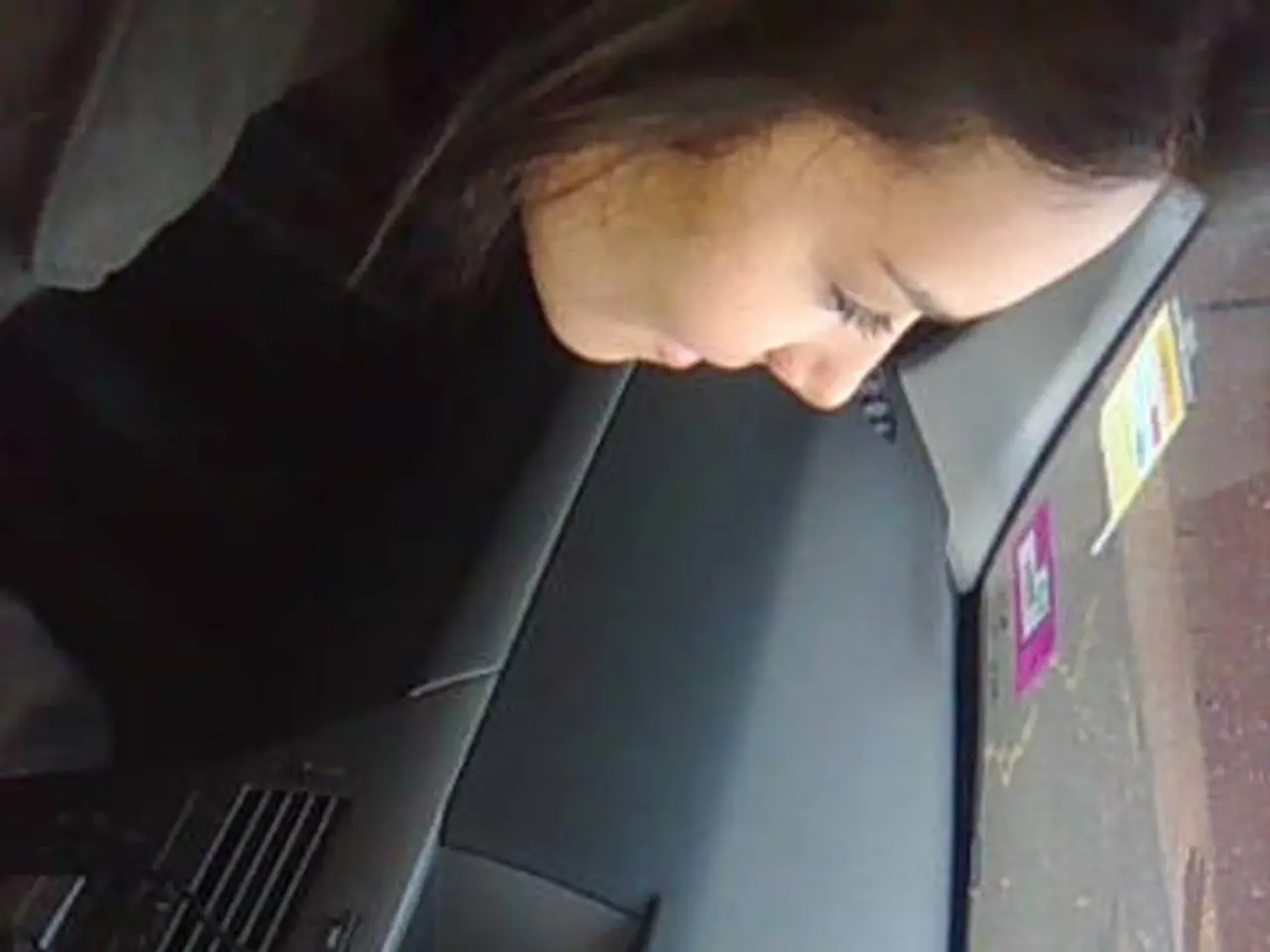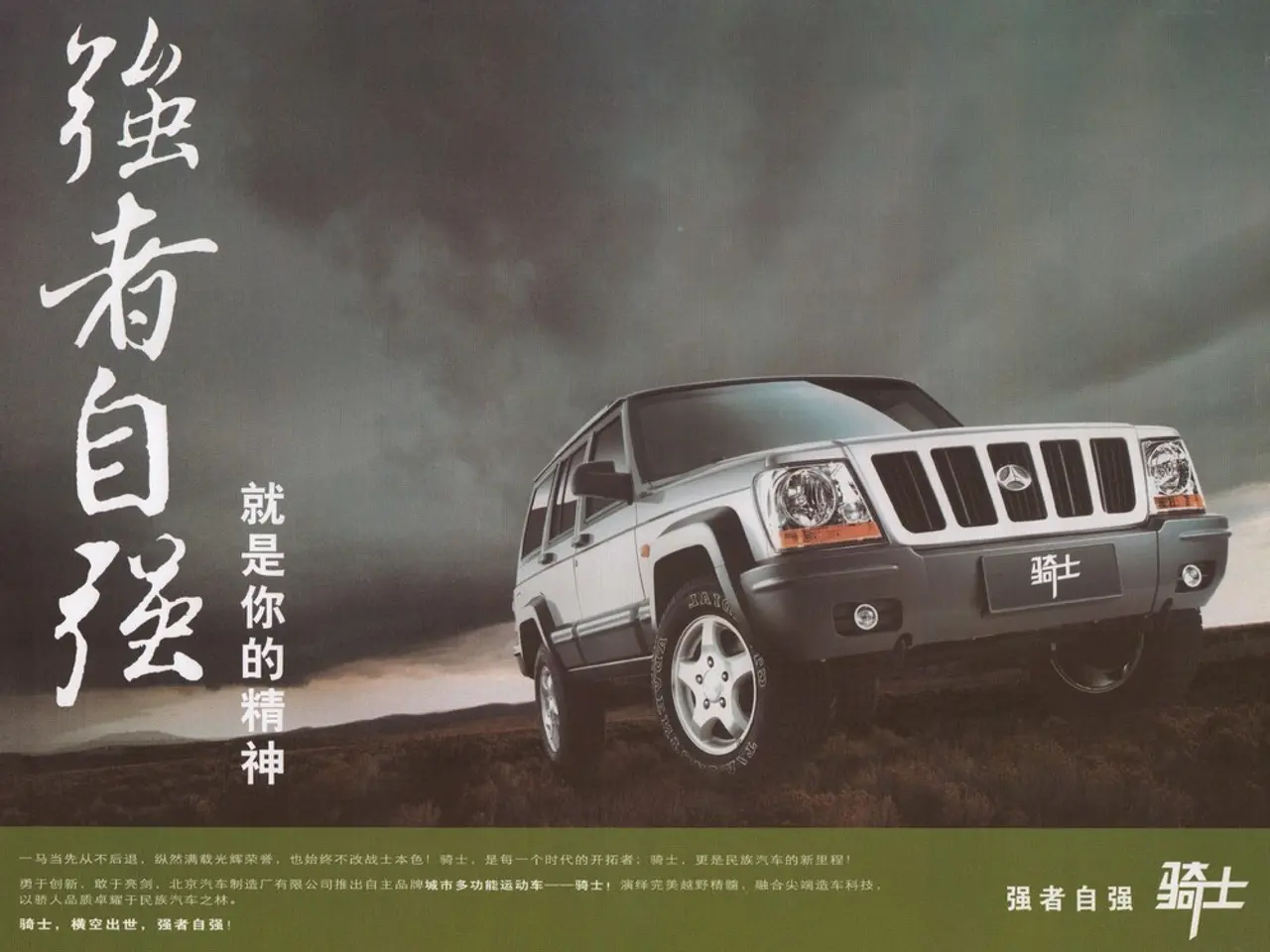Nostalgic movie-making in Hollywood may be hindering the emergence of new and original content.
In the current film industry landscape, a trend of nostalgia-driven filmmaking has taken centre stage. This trend, characterized by sequels, remakes, and reboots of beloved franchises, has had a profound impact on the production and reception of original content.
While nostalgia projects can draw in both older and new audiences by re-engaging with familiar stories, they contribute to a climate where "safe," proven properties dominate release slates, potentially leading to long-term creative stagnation and overshadowing original films. This situation has been coined the "paradox of safety and stagnation," where studios prioritize franchises for short-term financial gain but may inhibit innovation and originality [1][2].
To encourage innovation and sustain creative vitality, several strategic approaches have been suggested:
- Invest heavily in marketing original intellectual properties (IPs) with dedication comparable to blockbuster franchises, emphasizing unique story elements and critical acclaim to draw interest [2].
- Cultivate “event” status for original films by crafting grassroots campaigns, experiential marketing, and fostering strong word-of-mouth, making them cultural moments worth attending [2].
- Optimize streaming and theatrical release strategies for originals, potentially using longer exclusive theatrical windows or simultaneous streaming for smaller, acclaimed works to widen access and build buzz [2].
- Support diverse storytellers and challenging narratives since authentic innovation frequently arises from voices outside the conventional formulas and mainstream [2].
- Engage with niche influencers and cultural commentators beyond mainstream reviewers to build targeted audiences passionate about unique, original content [2].
Historically, Hollywood has revitalized itself through various waves of innovation as well as reinvention, such as the New Hollywood era of the 1970s, which layered more complex, uncertain narratives into mainstream cinema, demonstrating that shifts in storytelling and audience engagement can occur within studio systems if suitably supported [3].
However, creative risks may be avoided due to fear that innovative ideas won't resonate as strongly as familiar stories. Hollywood's love affair with nostalgia often walks a tightrope between paying homage and recycling old ideas. Market saturation could occur due to the influx of remakes and sequels, making it harder for fresh voices to emerge. There is a concern that the trend of leaning on nostalgia may hinder the creation of original content.
In sum, navigating the nostalgia-saturated landscape requires a strategic approach that emphasizes marketing, release strategies, diversity, and innovative audience engagement to encourage creativity and sustain original storytelling. By implementing these strategies, Hollywood can strike a balance between the allure of the past and the promise of uncharted storytelling, ensuring a vibrant and evolving film industry.
[1] Collins, J. (2020). The Paradox of Safety and Stagnation: How Hollywood's Obsession with Franchises is Hurting Original Content. The Guardian. Retrieved from https://www.theguardian.com/film/2020/feb/28/hollywood-obsession-franchises-original-content
[2] Goldman, E. (2019). How Hollywood Can Save Itself from Itself. The New Yorker. Retrieved from https://www.newyorker.com/culture/richard-brody/how-hollywood-can-save-itself-from-itself
[3] Kakutani, D. (2019). The Triumph of the New Hollywood: A Revolution in American Culture. The New York Times. Retrieved from https://www.nytimes.com/2019/05/17/books/review/the-triumph-of-the-new-hollywood-a-revolution-in-american-culture.html
- The current film industry trend leans heavily on nostalgia, with studios producing more sequels, remakes, and reboots, a quandary dubbed the "paradox of safety and stagnation."
- To combat this stagnation and foster originality, filmmakers can heavily invest in marketing intellectual properties (IPs) with unique story elements and critical acclaim.
- By crafting grassroots campaigns, creating experiential marketing, and building strong word-of-mouth, original films can achieve "event" status and become cultural moments worth attending.
- Optimizing streaming and theatrical release strategies for original films can widen access, ensure exclusivity in theaters, or provide simultaneous streaming for smaller, acclaimed works to build buzz.
- Encouraging diverse storytellers and narratives can lead to more innovative and output, as fresh voices often bring new perspectives to the table.
- Partnering with niche influencers and cultural commentators can help build targeted audiences interested in well-crafted, original content.
- To maintain a vibrant and evolving film industry, Hollywood must strike a balance between revering the past and embracing the promise of uncharted storytelling, allowing for a rich tapestry of movies, television shows, and animation, ultimately contributing to the broader entertainment landscape.






